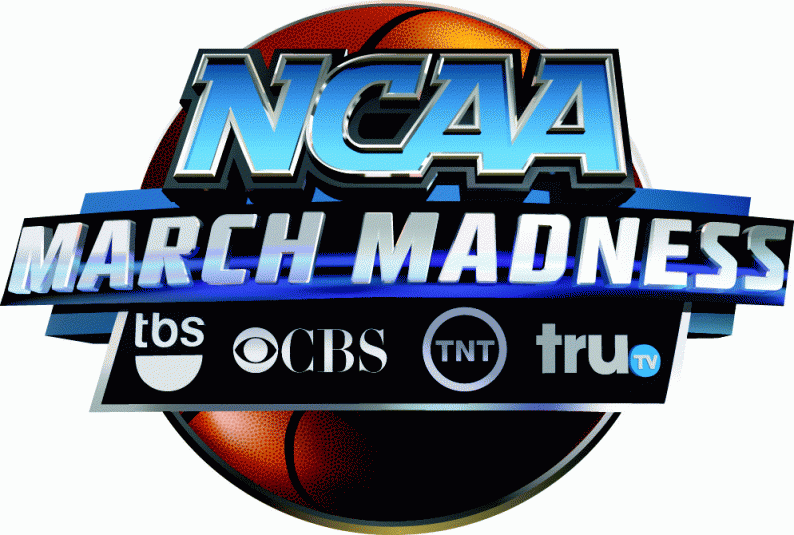March Madness Promises Tons of Sound
Story Highlights
With two networks and more than a dozen venues, the audio team strives for consistency
Dave Grundtvig had fewer microphones to work with when he was mixing the NBA All-Star Game in Toronto last month. The league had put the kibosh on midcourt sideline TV cameras and the microphones that come with them, in response to officials’ complaints after referee Scott Wall tripped over a midcourt camera operator in a game between the Memphis Grizzlies and Denver Nuggets.
 Grundtvig will have plenty to play with once March Madness begins on March 15, however. He will mix sound for a nonstop string of games for both Turner Sports and CBS Sports, the networks that have split the tournament’s 68 games over two weeks since 2011. Keeping the audio teams in place across the channels — along with other shared elements, such as graphics and music — helps provide some consistency to the games, which will be played in more than a dozen venues before the climactic Final Four takes place in Houston’s NRG Stadium.
Grundtvig will have plenty to play with once March Madness begins on March 15, however. He will mix sound for a nonstop string of games for both Turner Sports and CBS Sports, the networks that have split the tournament’s 68 games over two weeks since 2011. Keeping the audio teams in place across the channels — along with other shared elements, such as graphics and music — helps provide some consistency to the games, which will be played in more than a dozen venues before the climactic Final Four takes place in Houston’s NRG Stadium.
“Each space has its own characteristics, and the biggest challenge for March Madness sound is trying to achieve some consistency to the sound from so many venues across a number of television channels,” he explains. “You go from building to building, arena to arena, [from] an NBA venue that holds 17,000 people to an NCAA arena that holds 10,000 — it’s impossible to replicate the ambience from one to the next. The only thing they tend to have in common is that they’re all loud.”
That gives Grundtvig a lot more to work with, though, compared with NBA games. Although the NCAA doesn’t allow players or coaches to be wired for sound, that’s more than compensated for by the noisy partisan enthusiasm that comes with college sports and the school bands that vie to out-volume each other. As a result, the basket areas of each court are crowded with microphones, including Sony ECM-77 lavaliers on the rims and Shure KSM 32 and SM 81 condenser mics aimed in stereo at the bands seated behind the backboards. And Shure MX391 boundary transducers are taped to the floor around the basket adding some deeper thump to the sound.
“That’s the core of the sound — the fans, the bands, the cheerleaders, the mascots — more so than the squeaks and ball bounces,” Grundtvig points out. “You’re really trying to capture the energy of the room. Trying to do that and also capturing the nuances of each individual space, then getting some consistency game to game — that’s the challenge of March Madness sound. It’s totally different from an NBA game.”
There are restrictions. For instance, microphones cannot be placed along the scorers’ table line, which limits some sound effects on that side of the court. Klover Products’ 9-in. parabolic dishes, attached using a Manfrotto Magic Arm about 5 ft. behind the glass backboard and aimed down and towards the court, help take up some of that slack.
Turner also uses what it calls the “family” microphone: a roving unit set to capture reactions from family and friends when a player makes a memorable shot. Grundtvig notes that Turner was able to shorten the scorers’ table for its venue, allowing a camera and a microphone to get in a little closer.
“It’s a bit of a struggle to get all the sound you’d like,” he says. “But there’s so much sound to choose from. That’s part of what makes March Madness so much fun.”
